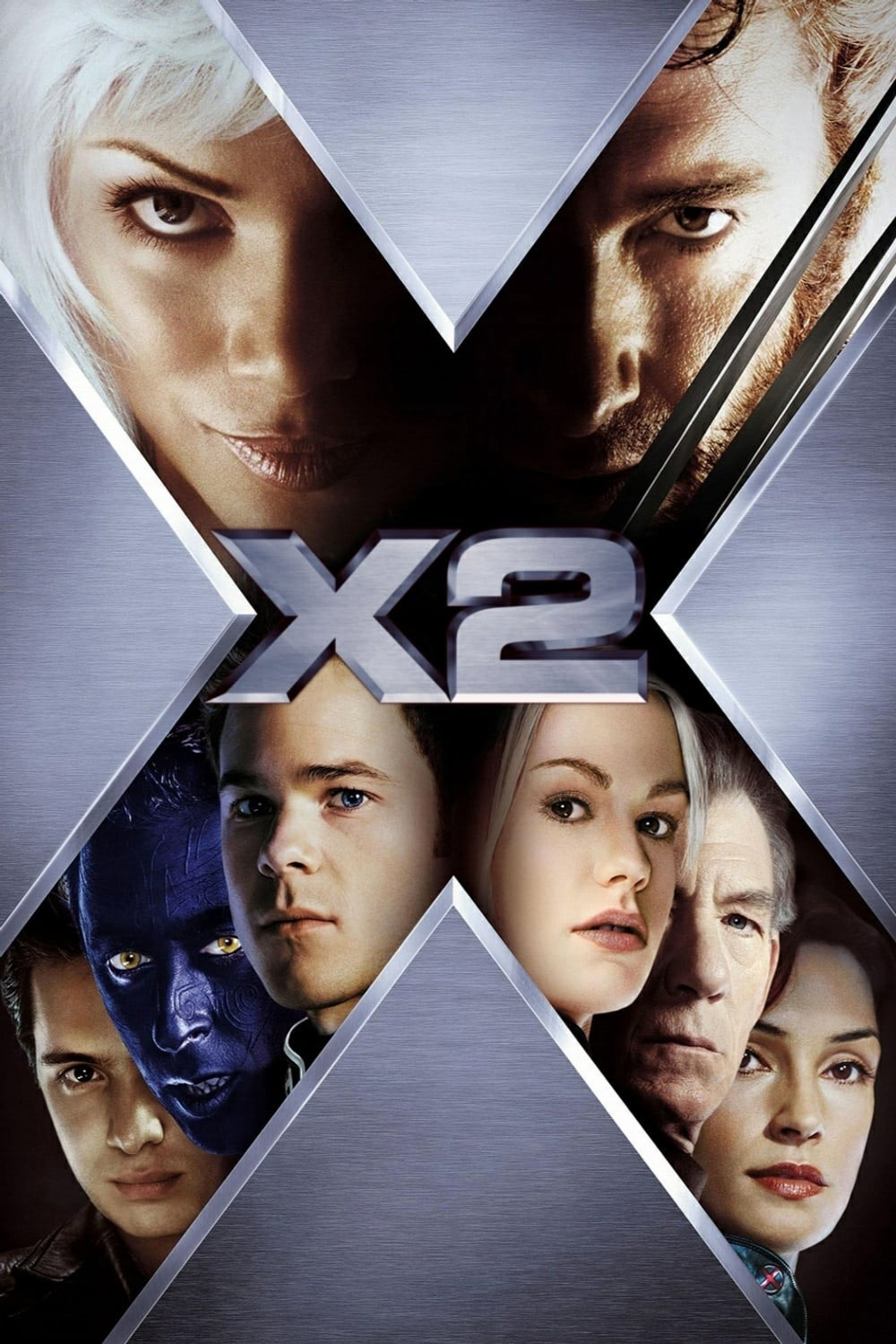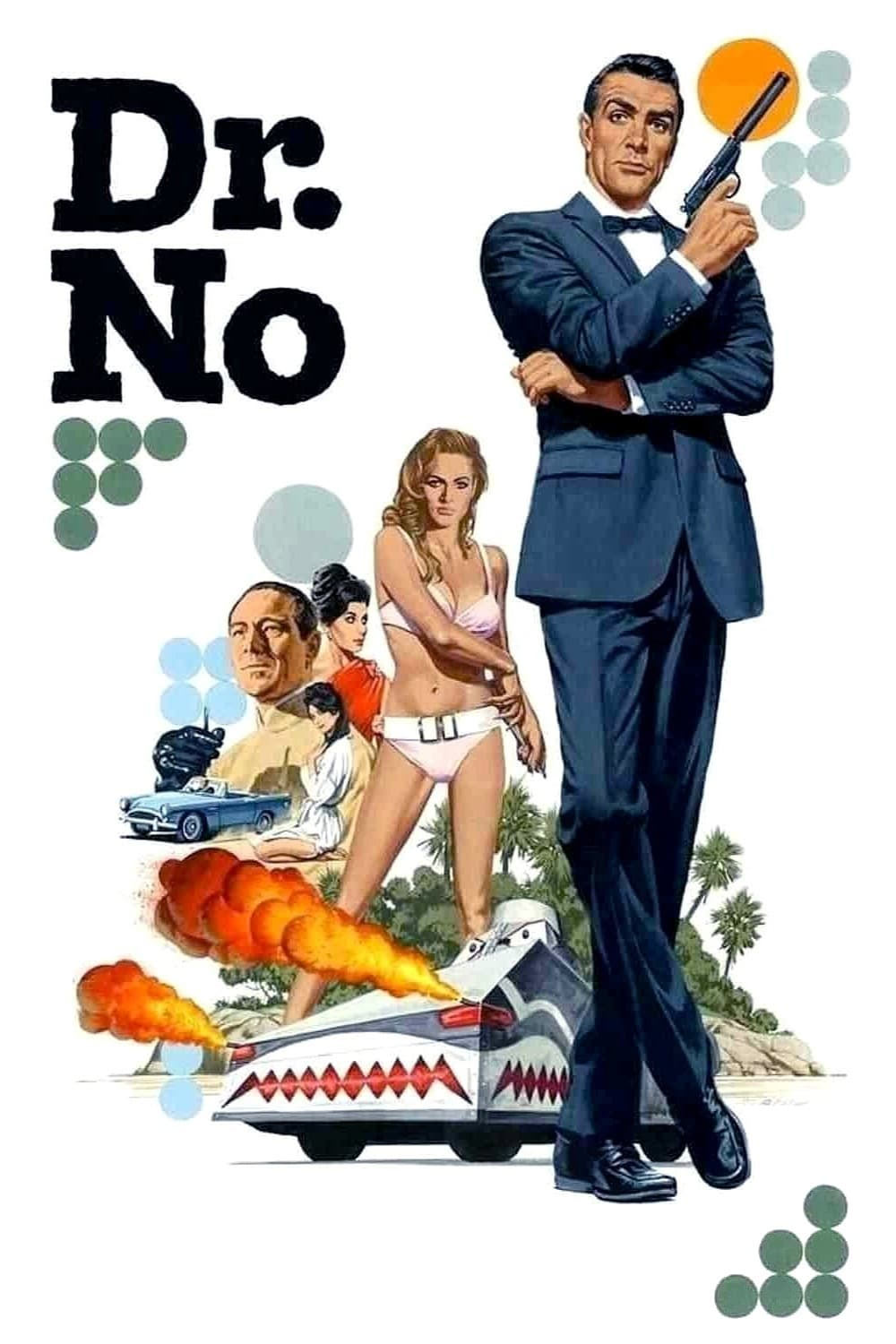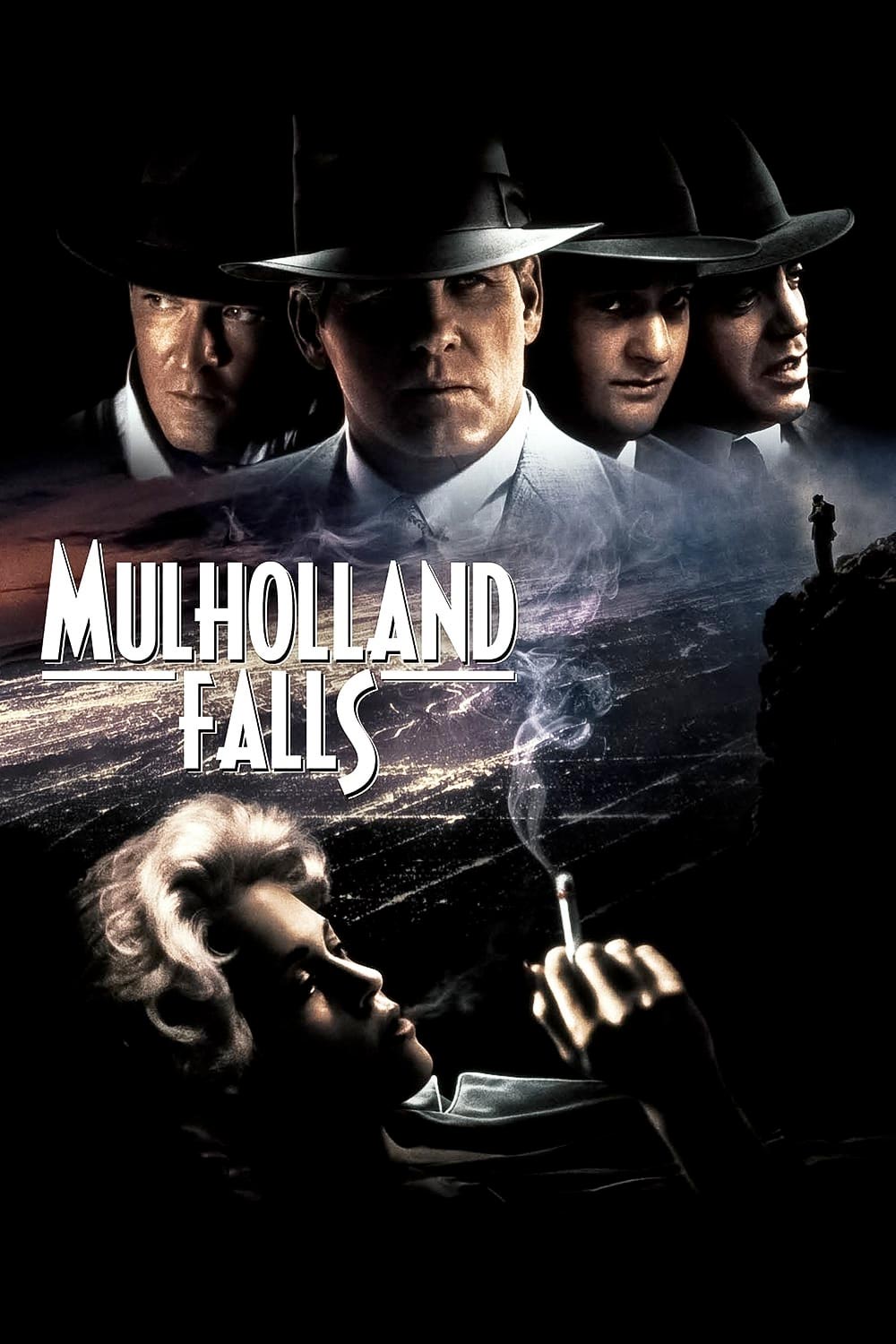Published on
Despite being one of the most popular Bonds, Pierce Brosnan’s time as James Bond was surprisingly short, with only four films released over a span of seven years. “Die Another Day” marked his final outing and is widely regarded as one of the weakest entries in the series, effectively bringing his tenure to an end.
In “Die Another Day”, James Bond is captured during a mission in North Korea and held prisoner for 14 months before being exchanged in a spy swap. Suspended from duty and determined to uncover the traitor who betrayed him, Bond follows a trail that leads to the suave yet sinister Gustav Graves, a billionaire with a mysterious past and a powerful satellite weapon called Icarus. With the help of NSA agent Jinx Johnson, Bond uncovers a plot involving identity manipulation, global warfare, and a personal vendetta, culminating in a high-stakes showdown aboard a massive cargo plane.
“Die Another Day” actually starts off on a promising note. The first act sets up an intriguing story, with James Bond captured in North Korea after a high-octane chase. For once, the cold open doesn’t end with a daring escape, but with the inevitable — Bond getting caught. His subsequent torture is woven into the opening credits, marking the first time a Bond film integrates story directly into the title sequence. The only real misstep here is the title track by Madonna. While it’s a decent EDM-infused song in her own discography, it feels completely out of place in the context of a Bond film, especially during the credits.
For the first time, Bond appears truly weathered — unshaven and grizzled, sporting a rugged beard. His escape from MI6 custody and his casual hotel check-in wearing nothing but a bathrobe ranks among the most memorable scenes in the franchise. Unfortunately, the film starts to unravel the moment he shaves and slips back into a tuxedo.
Bond’s mission soon takes him to Havana, where he meets this film’s Bond girl: Jinx, played by Halle Berry, fresh off her Oscar win for “Monster’s Ball”. Which makes it all the more disappointing that she delivers one of the weakest performances in the series. Anyone who watches her work here won’t be surprised she later took home a Razzie for “Catwoman”.
It’s all too obvious that Jinx is introduced as a potential spin-off character meant to headline her own movie. She’s even featured prominently on the poster as a capable partner to Bond, rather than just eye candy or a damsel in distress whose only function is to sleep with the hero — though, of course, Bond does save her at least once, and yes, they sleep together. Never change a winning formula.
As the 20th Bond film, “Die Another Day” includes plenty of nods to the franchise’s history, particularly during Bond’s visit to Q branch. This sequence is packed with classic gadgets from earlier films — a fun bit of fan service. It’s also where one of Q’s most infamous inventions is introduced: the invisible car. The gadget is absurdly over-the-top, makes little practical sense, and adds nothing meaningful to the story or action sequences.
Once Bond travels to the Ice Palace, the movie really goes off the rails, sinking into a mix of dull pacing and over-the-top silliness. A fight involving moving lasers lacks any real tension or excitement, despite clearly being intended as a visual showstopper. Bond is also paired with Rosamund Pike, whose character’s eventual betrayal is meant to be a twist, but it’s so heavily telegraphed that it lands with no impact whatsoever.
Even the stunts can’t rescue the film. There are no truly memorable action sequences, and the few that do stand out are remembered for all the wrong reasons — mainly their awful green screen effects. “Die Another Day” has been mocked ever since its release for embracing clumsy, CGI-heavy set pieces instead of sticking to the franchise’s signature: practical, grounded stunt work.
Villains in Bond movies have always been hit and miss. The most memorable ones often leaned into gimmicks, but since the 80s, it became more important that a villain posed a credible threat to Bond. By the time this film came out, the Austin Powers trilogy had already mocked the classic Bond villain archetype into the ground. And yet, starting with “The World Is Not Enough“, the franchise began leaning back into gimmick-heavy antagonists — a trend that continued in “Die Another Day”.
The main villain, Gustav Graves, is a bland, posh caricature who fails to leave any real impression. His henchman Zao, on the other hand, has diamonds embedded in his face and partially bleached skin due to a botched DNA-altering procedure supposedly capable of changing someone’s ethnicity. But the visual result is underwhelming — some glitter on his cheek and lighter skin hardly qualify as a standout look. There are rappers with more dramatic facial bling than this guy.
The longer I think about “Die Another Day”, the worse it gets. Immediately after watching, I was ready to give it a 5 out of 10 — already the lowest score I’d give any Bond film. But after letting it sink in, I have to revise that to a 4. Only a few small redeeming elements keep it from being outright terrible. Halle Berry strutting around in a bikini, for example, somewhat balances out the unfortunate haircut they gave her. Pierce Brosnan remains his usual charming self and escapes the film’s flaws with his dignity intact. John Cleese shows promise as Q’s successor, but he never gets the chance to truly make the role his own.
All in all, this marks a low point in the James Bond series — the first film in the franchise that just isn’t any fun to watch.








